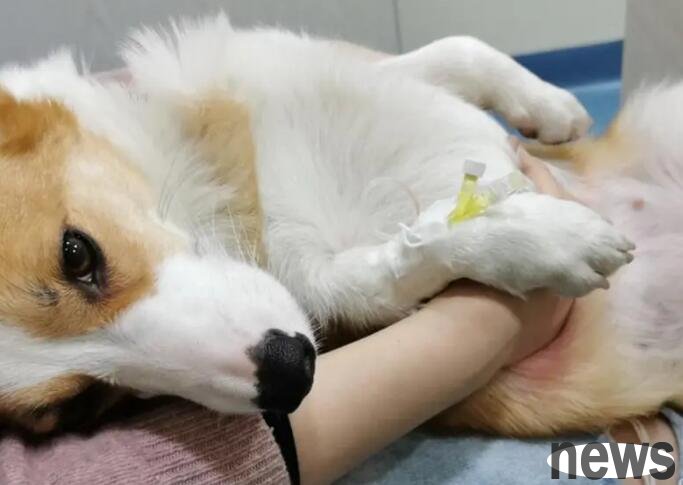What are the methods of dog sterilization? Let’s learn together:
Before sterilizing a dog, you must first make an appointment with the veterinarian for the operation, because anesthetics must be used for surgery, and the dog must be on an empty stomach. Otherwise, if anesthetics are applied, the dog's gastrointestinal tract will stop peristalsis and cause bloating. If there is food in the stomach, it will sometimes vomit, which is very dangerous. Because the dog cannot swallow at this time (ansthetic relationship), the things in the stomach will block the trachea of the throat and cause suffocation.
So remember: Before sterilization of dogs, be sure to have an empty stomach for 12 hours.

1. The surgery for female dogs to undergo sterilization surgery for female dogs. They must be cut 5-8 cm from the midline of the belly (the wound size will vary depending on the size of the dog). The doctor will remove the ovaries and uterus. After the operation, the dog will no longer be in heat. The surgery is referred to as OHE (Ovario-Hytcro-Ectomy), which is "ovarian hysterectomy".
Some people may worry that after the dog has surgery, the skin will become thicker and hairy because it no longer produces hormones. When it reaches the age of 8 to 9, or even after the age of 10, due to insufficient hormones, the bladder dimpled muscle is disabled and cannot control urine. However, this situation is easy to treat. As long as you give the female dog some oral hormones, it will be easy to control soon.
There is another way to become obese, because the dog's hormones change, the metabolism rate also changes, and because it is no longer suffering from estrus, and no longer thinks about estrus. If you don’t eat or drink, you will easily gain weight and become fatter and round.
Generally speaking, when a female dog undergoes sterilization surgery, the animal doctor recommends that you must remove the ovaries together, otherwise it will still be in heat and bleeding, which will still attract many boys and dogs to wander around the door.
2. The operation for male dogs to undergo sterilization is to take out the two testicles of the male dog from the scrotum through surgery.
Someone asked, why can't you just have vas deferens ligation? Because dogs' genitals are different from humans, the dog's seminal vesicles are in the secondary testicles, which have testicles, secondary testicles, and vas deferens; its vas deferens can also have the ability to store sperm. The vas deferens are very thick and have many blood vessels, and there are great chances of inflammation after surgery.
And helping boys with sterilization is mainly because they are afraid that they will run around and disappear, they are afraid that they will be jealous and fight in groups, and they will be irritable and turn against each other.
If only ligation of the vas deferens, its androgens are still there, but there is no sperm in the semen. Although it will not make the bitch pregnant, it is still irritable to it, running away from home, and even jumping down from a high building in heat. It is still useless to have sex but not life. Therefore, if a veterinating male dogs, the general way for a veterinarian is to remove both testicles directly.

3. Should I be hospitalized after the operation?
After taking the dog to the hospital, you should ask if you need to be hospitalized? In fact, the sterilization of female dogs takes 20 to 25 minutes, and boys can do it faster, no more than 15 minutes. The time for anesthesia recovery is about 2 hours. Usually, it is sent to the hospital in the morning and can be taken home in the evening.
The practice of some animal hospitals is not to have surgery immediately, but to recommend that dogs be hospitalized for one or two days. If you think about the dog's psychology, hospitalization is a terrible thing for the dog, because it does not know what happened, and is left in a strange place, thinking that it has been abandoned, and infection in the hospital is another hidden worry. Therefore, the advice to the owner is to try not to be hospitalized unless necessary.
Animal hospitals are also places where diseases often appear. If the animal hospital is not disinfected thoroughly, it is very likely that your dog will be infected with other diseases after surgery, including fleas and parasites. Therefore, if the dog owner has no special reasons and the dog has no problems, it is best to spend more time taking care of the dog, which does not require hospitalization, but can also promote the relationship between humans and dogs.